Education needs to be informed by the science of learning. This was a strong message coming out of last month’s conference Learning and the Brain: The Science of How we Learn, and one that we hear often from people across the fields of psychology, education, neuroscience, and technology, as well as from practitioners working in the field and designing educational programs. Teaching and learning based on scientific evidence is key to developing the skills we know will be crucial for young people to thrive in a changing world. The science of learning can provide guidelines for moving beyond identifying what skills are important to answering how to teach those skills.
But what do we mean by the science of learning? Isn’t all education fundamentally about learning? The relatively young field of learning sciences draws from multiple disciplines to study the ways in which people acquire knowledge, skills, and competencies and to answer the questions of why some strategies for learning work better or worse than others.
Our current education systems were not built upon this knowledge. Many lament the fact that schools are set up like factories, a model fit for the 20th century but no longer sufficient in ensuring quality education and learning opportunities. Technologies have made the traditional model of teaching obsolete, where teachers are keepers of knowledge and uniformly provide content to students. The nature of the teaching profession is changing. Now, teachers must apply their pedagogical knowledge to foster skills that meet the demands and expectations of the 21st century, including embracing “jaggedness.” This means understanding and nurturing the multiple pathways for learning and rates at which students progress, rather than assuming ages and stages are set.
Yet there remain many unknowns of transferring what we know about learning into the classroom. As cognitive neuroscientist Daniel Ansari put it at the Learning and the Brain conference, we need to understand both why different strategies work, but also how they work in the real world. Too often, the research and the practice do not align. Basic brain research on mechanisms of learning are conducted in artificial or non-authentic settings such as labs, with no clear links to real-world application. At the same time, applied research on education programs and practices might tell us what works, but without necessarily uncovering the underlying mechanisms that make it effective or not.
As the world increasingly engages with the need to teach skills more explicitly, how can the learning sciences help?
One way is to explore the nature of skills—what the building blocks are and how they develop and change over time. This has implications for how we approach the teaching (and assessment) of these skills. Without a good understanding of how a skill progresses from basic to more complex forms, it is difficult to know where to begin. What skills establish a strong foundation for other skills to build on? How do we know if children are ready to learn the next set of skills in their trajectory? How do we scaffold students on to more complex forms? An understanding of how to use learning progressions that describe successively more complex forms of skills, as well as identify the subskills underlying the skills, can provide a progress map toward achieving the desired skills.
In addition to answering these questions about skills development and learning, we need to explore the links between research, policy, and practice to understand how to implement this on a large scale. One question that remains is how to translate an ambition toward a breadth of skills in policy documents to action on the ground and in classrooms. This could be done by better translating evidence into tools for policymakers, as well as looking at new mechanisms for policymakers to assess innovative approaches and scale them up in partnership with nongovernmental organizations and academics, such as “idea hubs.”
A recent OECD report finds that research on learning does not consistently inform the everyday practice of teachers, showing a further divide between learning sciences and schooling. To no fault of teachers, the science of learning is often not translated into digestible and practical strategies. Different approaches that focus on peer-to-peer learning between teachers and getting at the core of evidence-based teaching practices rather than an all-in-one prescribed initiative can be more effective at supporting teachers.
However, there remain many evidence gaps in all these areas. Uncovering the progression of skills, studying how governments identify effective practices and scale them up, and determining what works best for teachers to support their knowledge and practice are all areas where we can do a better job of learning about both the why and the how.
The Brookings Institution is committed to quality, independence, and impact.
We are supported by a diverse array of funders. In line with our values and policies, each Brookings publication represents the sole views of its author(s).

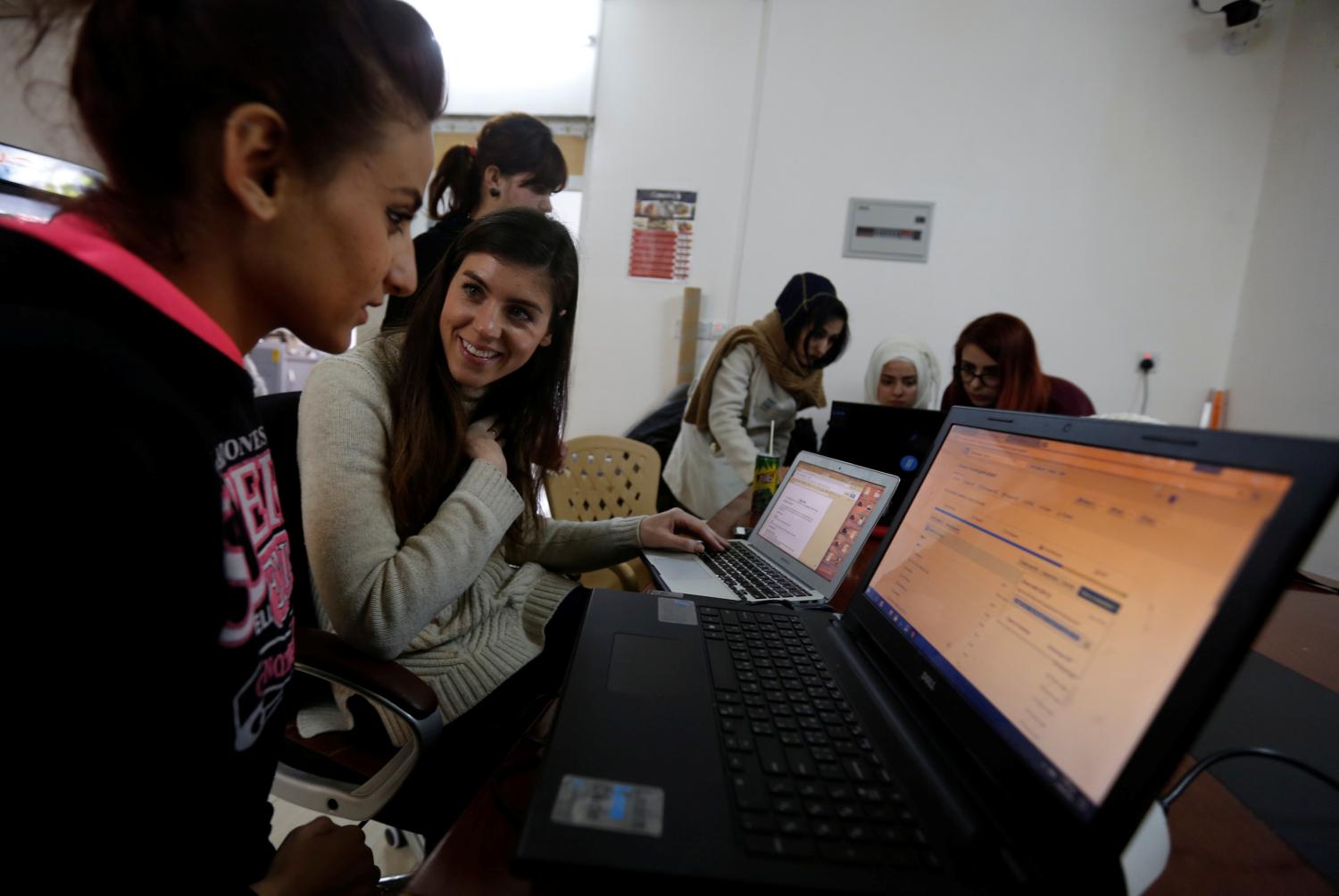
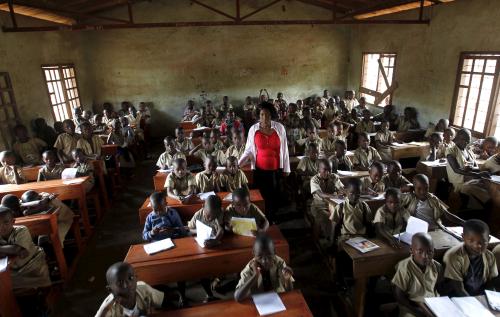
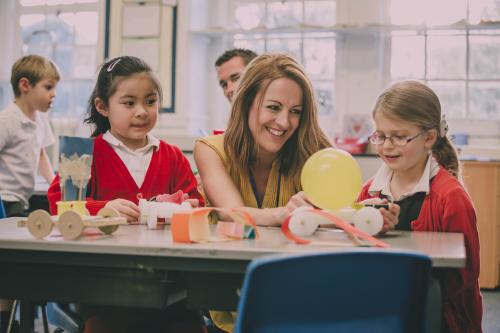
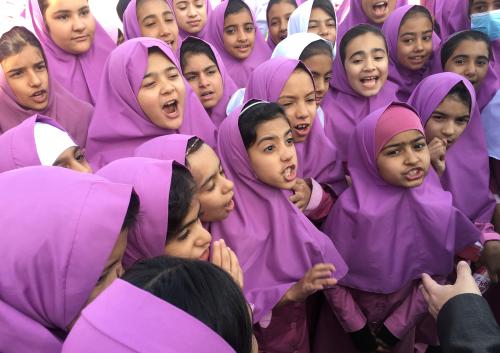
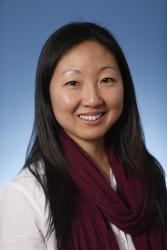




Commentary
Science of learning: Why do we care?
March 28, 2017